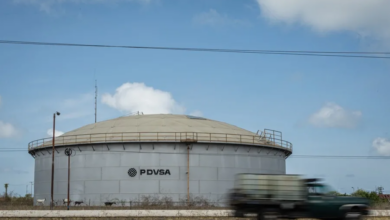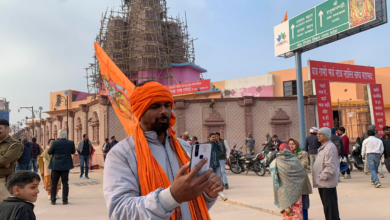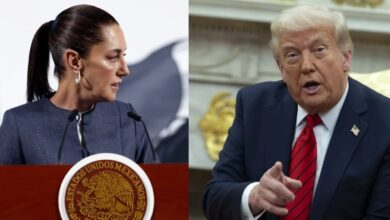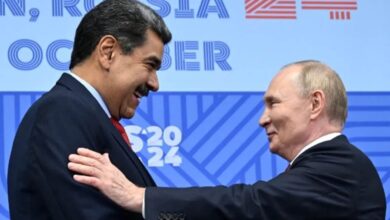India’s Latin America Pivot Blends Lithium, Code, and a Soft Power Challenge to China and the U.S.
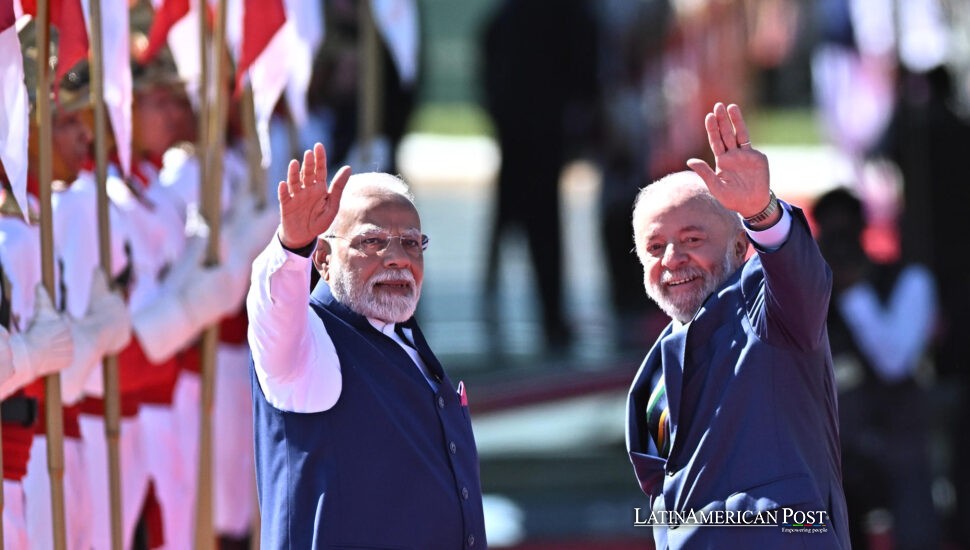
India’s Prime Minister just wrapped a whirlwind tour across Africa and Latin America, clinching deals from desert mines to payment apps. It wasn’t just optics—it was a strategic bid to recast India as the Global South’s go-to partner for the future.
A New Resource Map: From Salt Flats to Reactors
It started in Argentina, under the high sun of Catamarca’s shimmering salt flats. Below the crust: lithium—essential to every EV battery India will need to meet its net-zero pledge by 2070. Prime Minister Narendra Modi walked away with a deal: Indian public-sector firms now hold exploration rights over two rich blocks in the Salar del Hombre Muerto basin. Local officials estimate the agreement could bring up to $600 million in phased investments.
Next stop: Namibia. Beneath the dunes of the Namib Desert lies Etango, one of the world’s largest untapped uranium deposits. Modi and Namibian President Nangolo Mbumba signed a co-development deal with India’s Nuclear Power Corporation. The goal? Reduce India’s reliance on uranium sourced from Russia and Kazakhstan. With 23 nuclear reactors already running and ten more in the pipeline, India needs steady yellowcake flows—and geopolitically neutral partners.
Take both moves together, and a pattern forms. This is not random resource shopping. It’s a deliberate buildout of what analysts are calling the “Southern Resource Corridor”: a supply arc stretching from the Andes to southwest Africa, designed to feed India’s green tech boom while spreading investment influence across continents that, until recently, leaned heavily toward China or the West.
Not Just Minerals: India Stack Goes Global
But raw materials aren’t enough to sustain a partnership. India knows this. So does Modi.
In Port of Spain, flanked by Trinidad and Tobago’s Prime Minister Keith Rowley, Modi announced that the country would be the first in the Caribbean to adopt UPI, India’s now world-famous real-time payment interface. That’s the first export layer of the India Stack, a public, open-source digital platform that includes biometric ID, health records, tax portals, and payments.
“UPI changed how our street vendors collect money,” Modi said. “We want that leap for Caribbean entrepreneurs, too.”
The timing was more than symbolic. UPI processed 11.3 billion transactions in March alone. And it’s open-source, unlike proprietary platforms like Alipay or PayPal. What this means for partner nations is huge: they can adopt the technology without giving up data sovereignty or paying licensing fees. The code stays open; the servers remain local.
Jayanth Krishnamurthy, a researcher at the Indian Institute of Information Technology, explained it this way: “It’s not a Trojan horse. It’s a toolkit.”
The Inter-American Development Bank has already backed feasibility studies to implement UPI-style systems in Costa Rica and Peru. The pitch is simple and effective: imagine Latin Americans using QR code payments powered by Indian code, while the phones they scan are built using lithium from their backyard.
That feedback loop—home-grown resources enabling tech adoption back home—is one of Modi’s smartest bets. If the tools work, they become sticky. And if they scale, they become the new normal.
Multilateral Leverage, Rewired
At the diplomatic level, the trip wasn’t about bilateral smiles—it was about rewriting the rules of global power.
In Brasília, Modi and Brazilian President Luiz Inácio Lula da Silva revived the G4 pledge: a push by India, Brazil, Germany, and Japan to gain permanent seats on the UN Security Council. “The council reflects 1945, not 2025,” Lula told EFE after the meeting.
Oliver Stuenkel, a political scientist at Brazil’s Fundação Getulio Vargas, called the joint rhetoric “new language for a new world.” Instead of framing the Global South as victims of Western exclusion, they spoke of a “global mosaic”—a patchwork of shared priorities and mutual leverage.
India backed Brazil’s bid to host COP33, the next major climate summit, and Brazil reciprocated by endorsing India’s membership in the Nuclear Suppliers Group. These aren’t just diplomatic favors—they’re transactions in what Princeton’s Arjun Bhatia calls “issue-network diplomacy“: a system where influence isn’t measured by who shouts loudest, but by who trades votes smartest.
India’s logic is simple: it can’t outvote the P5 (U.S., China, Russia, France, U.K.) in one room. But it can gather enough chips across multiple rooms—climate, trade, tech, development—to pressure the system from below. That, in itself, is a form of reform.
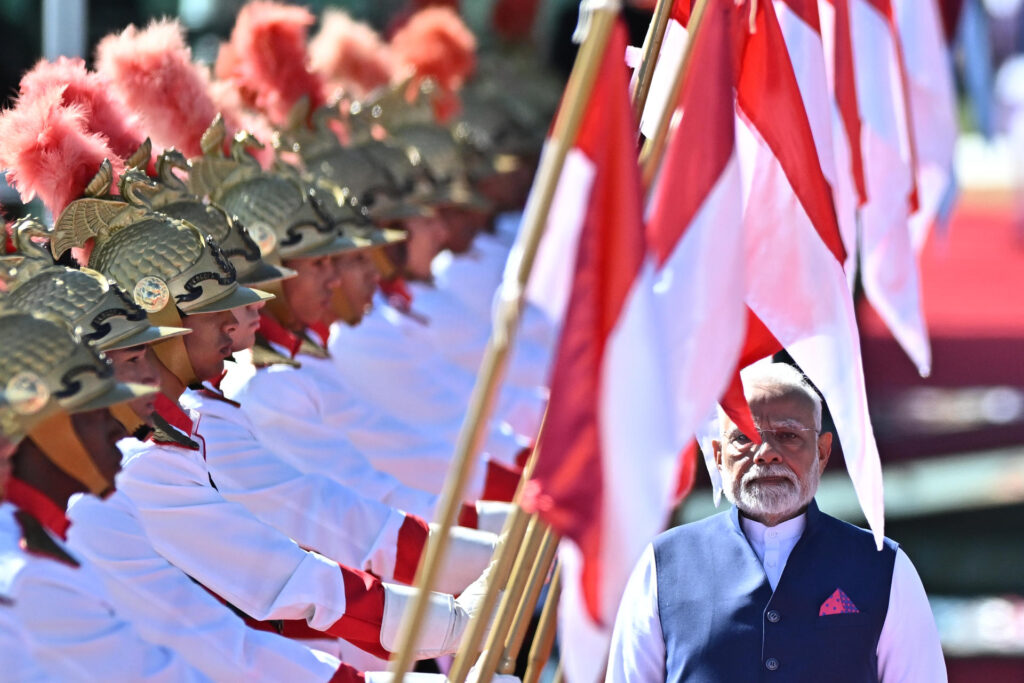
The China Question: Skills, Not Steel
No Modi tour would be complete without the unspoken contrast with Beijing.
Over the last decade, China’s state banks have lent over $150 billion to Latin American governments, funding rail lines, ports, and mega-dams. By contrast, India’s Exim Bank has disbursed just over $1 billion across the same period. But officials argue that this gap is not a disadvantage—it’s a strategic distinction.
“We don’t burden partners with debt,” Foreign Secretary Vinay Kwatra told Indian reporters aboard Modi’s flight. “We offer capacity, not control.”
Examples from the trip support the claim. In Guyana, Indian agronomists launched a pilot program for drought-resistant pulse crops, aimed at helping small farmers adapt to climate change. In Kenya, India donated a supercomputing node to Nairobi’s AI research center, along with scholarships to IIT-Madras.
Andrés Serbin, a Latin America policy analyst based in Buenos Aires, says this soft-power model appeals to governments facing fiscal pressure. “Ministries are tired of mega-loans that come with strings. But training coders, building data infrastructure—that’s easier to defend politically.”
The math is pragmatic. India doesn’t need to outspend China. It just needs to be the default partner in places where the alternative is debt dependence.
And if India can wire the Caribbean’s fintech backbone, digitize Africa’s AI labs, and mine Latin lithium with fewer political strings, it builds something subtler than debt or deals: trust.
Execution, of course, is everything. India still faces hurdles: lithium from Catamarca must be refined and delivered; UPI’s Port of Spain servers must resist cyberattacks; and India’s domestic stability must hold, lest it undermine its soft-power narrative abroad.
But the moment feels real. This is not just another headline tour or BRICS talking point. It’s a shift in how the Global South talks to itself—and what kinds of futures it imagines.
Outside the Casa Rosada in Buenos Aires, as Modi’s motorcade passed, one banner caught the eye: Un nuevo sur, una misma fuerza—a new South, one shared strength. Aspirational, yes. But this time, backed by signatures, code, and contracts, not just slogans.
Also Read: South American Capybaras’ Viral Fame Hides Vital Ecosystem Service Role
Credits: Reporting based on EFE interviews with María Florencia Heredia (University of Buenos Aires), Jayanth Krishnamurthy (Indian Institute of Information Technology), Oliver Stuenkel (Fundação Getulio Vargas), Arjun Bhatia (Princeton University), Gaurav Sharma (King’s College London), and Andrés Serbin (Coordinadora Regional de Investigaciones Económicas y Sociales). Investment data from the Catamarca Mining Secretariat, India’s Ministry of External Affairs, and Inter-American Development Bank feasibility studies.

